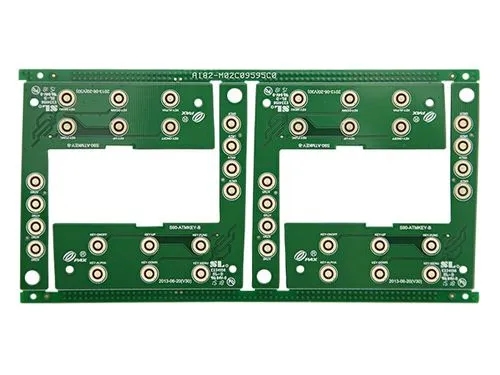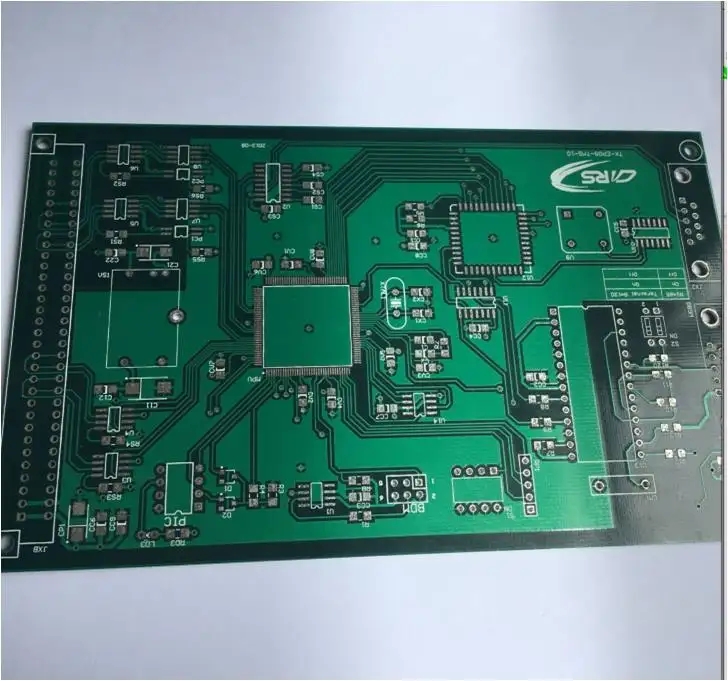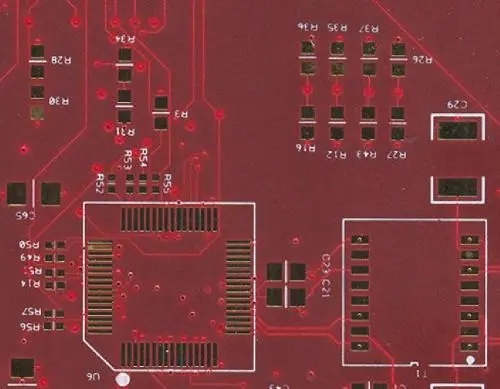
The editor of the electronic factory explains the quality assurance test of PCBA suppliers
In fact, every electronic product currently produced is powered by one or more printed circuit boards (PCBs). In the past few years, designers have pushed the limits of these thin conductive materials to the limit, and designed them to fit a series of integrated circuits and key connections, as well as smaller size requirements. In order to keep pace with these rapid developments, PCB assembly (PCBA) suppliers must conduct quality assurance testing, and be able to thoroughly check product quality and test.
Defects: Defects that define characteristics such as size and power consumption will not only directly affect the single board where they are located, but also endanger the entire manufacturing process and supply chain. In mass production, even the occasional occurrence of abnormalities will undermine the manufacturer's basic goal of achieving higher output, while reducing the defect rate and reducing costs.
PCBA providers cannot simply trust suppliers: even reputable suppliers will automatically perform quality assurance checks. They must also validate each component through their own inspections in order to provide the OEM with the highest quality parts of the end user product.
At present, the most commonly used PCB quality inspection methods and tools are divided into the following categories
1. Vision
For small batch production runs, an effective form of inspection is for someone (usually the person performing the assembly) to simply view it with his own eyes. This doesn't just mean quick browsing. They must carefully check each connection in a well lit environment.
2. Microscope
To reduce the pressure on the eyes, inspectors can use hand-held optical tools, such as magnifiers or jewelers' magnifiers, to expand the field of vision of circuit board components. For more careful observation, they can use a USB microscope to project the PCB connection onto the large screen for detailed inspection.
3. In circuit test
This capacitance test includes two different electronic detection methods: nail bed and clamp free. The nail bed test consists of a series of small spring needles loaded by springs, which can be pressed into various test points to measure resistance. No clamp or flying pin test sends the machine operated probe on the PCB to check the test point at a very fast speed.
4、X-ray
X-rays provide a non intrusive, though expensive, way to visually inspect the correct PCB assembly - compared to photographs or microscopic images.

5. Saw
Cutting PCB with a saw is destructive to a single board, but it can provide valuable insight into the overall situation of the entire assembly process.
6. Automatic Optical Inspection (AOI)
AOI systems have a low cost and commercial grade. The cheap AOI system uses the combination of cheap webcam and open source computer vision (OpenCV) to compare the webcam PCB image with the image of the "perfect" circuit board and identify inconsistencies or defects. Commercial AOI uses higher quality cameras and RBG LEDs to reflect light and check connection failures and welding quality.
7. Function test
This test method is basically a trial run after PCB manufacturing. The operator turns on the PCB and programs it to perform a series of self tests.
8. Check camera
The preferred tool for PCB quality assurance, the inspection camera allows the operator to observe ergonomics with the naked eye. These high-resolution camera images are projected onto the computer screen and operated so that microscopic details can be examined and easily shared with different departments for further examination.
The floor staff performing the final PCB assembly inspection must receive training on some key quality control indicators to achieve the ultimate goal of enhancing reliability, while reducing the complexity of the circuit board and the number of components. Two effective quality standards are defects per unit (DPU), which measures the number of defects on each board and defects per million opportunities (DPMO), which are standardized factors for measuring the total number of defects on one million boards with different complexities. Through these two indicators, manufacturers can track product and process quality.
The Chief Engineer can also view the layout and wiring path of the circuit board to determine whether any layers need to be added to optimize the circuit. You can add layers as needed to balance the center of the plate relative to its Z axis. The final touch check includes confirming that nodes and circuits are free from unnecessary noise, verifying whether there is a solder mask between pins and vias, and ensuring that the screen printing of the circuit board is obvious to the user.
Since many devices depend on PCB as power supply, quality assurance must be given priority from PCB design to assembly process. Not only can a thorough inspection produce higher quality products for OEMs, but it can also identify process improvements that improve efficiency, shorten production time, and reduce contract manufacturers' costs. PCB manufacturers, PCB designers and PCBA manufacturers will explain the quality assurance tests of PCBA suppliers.







